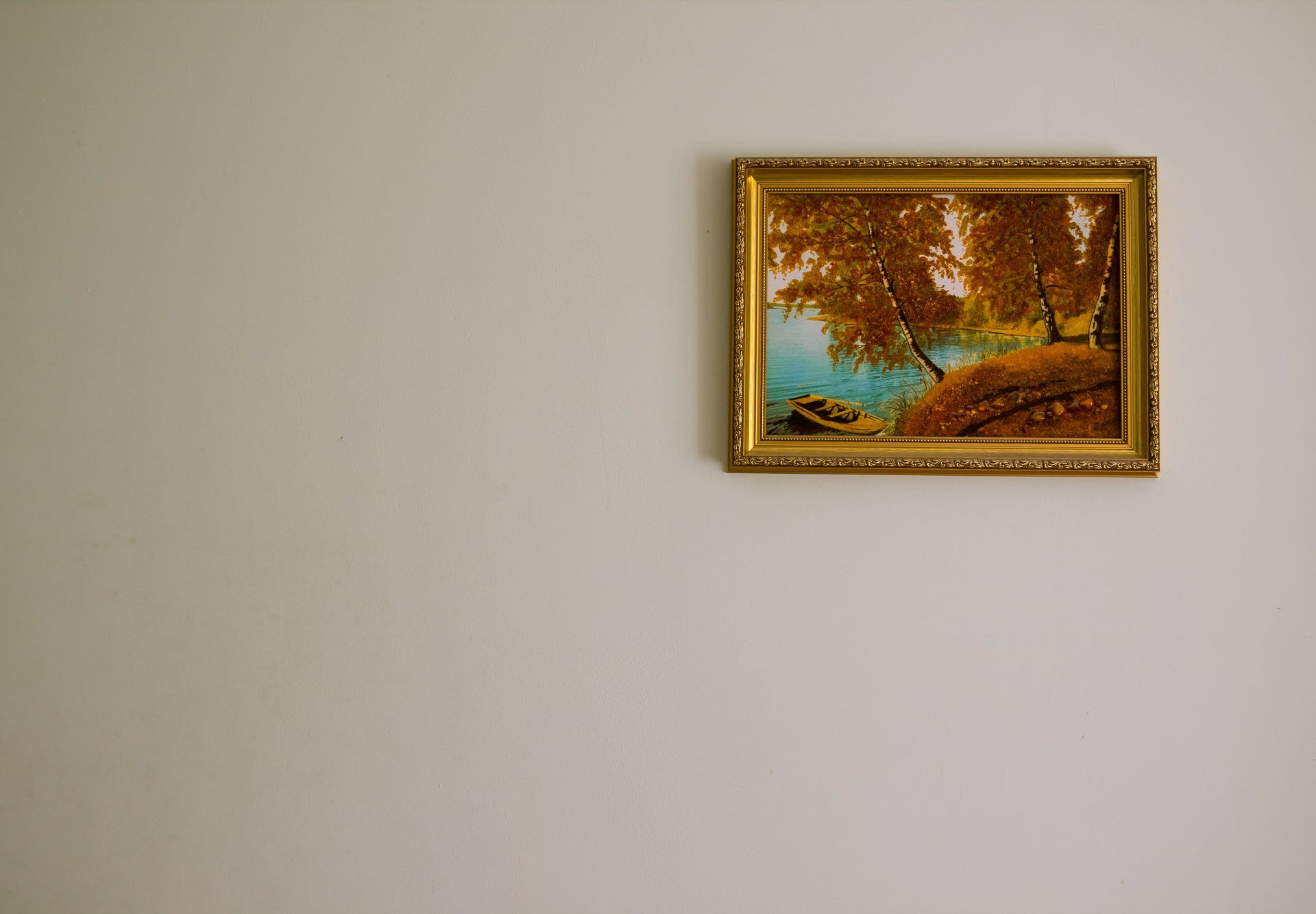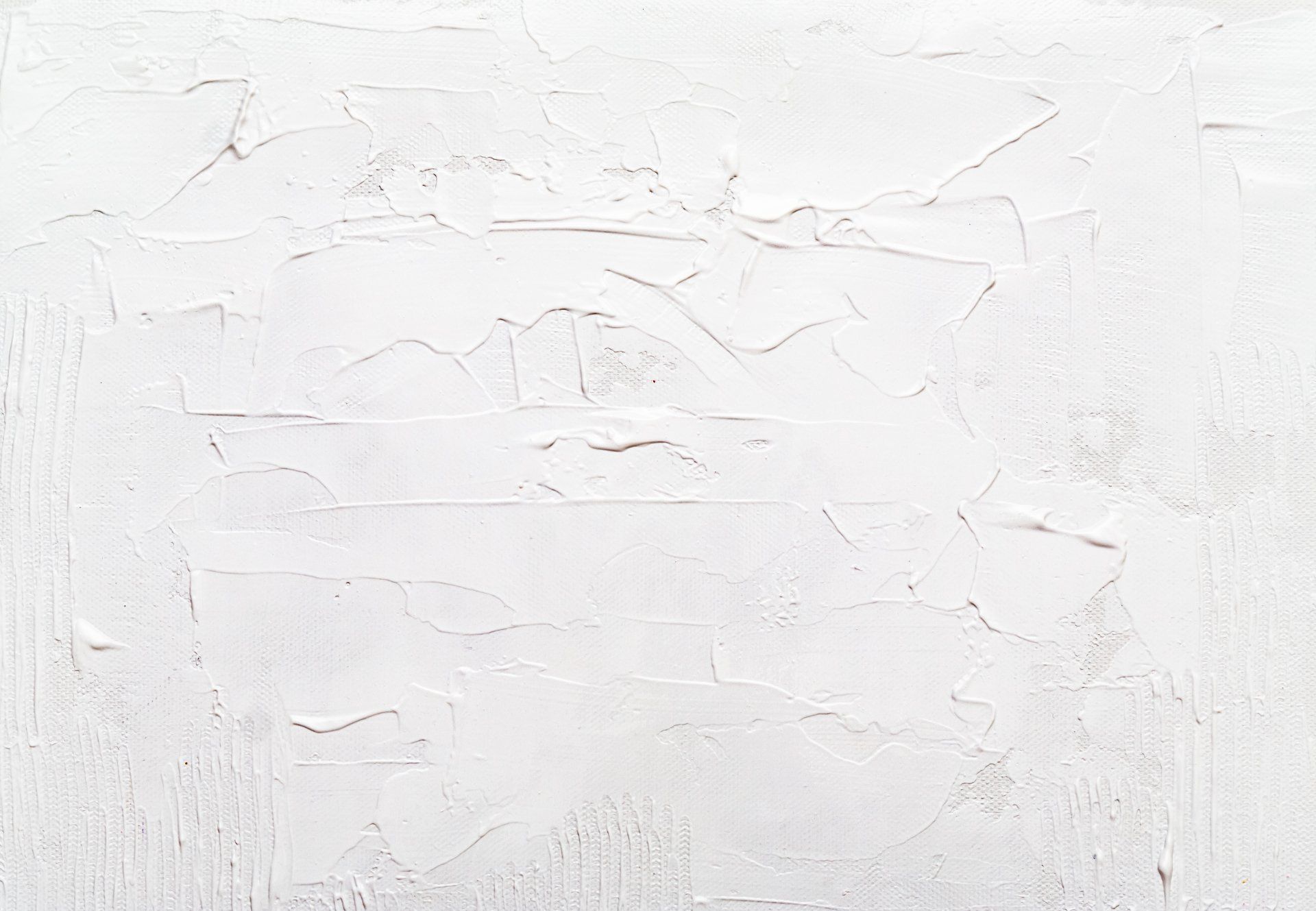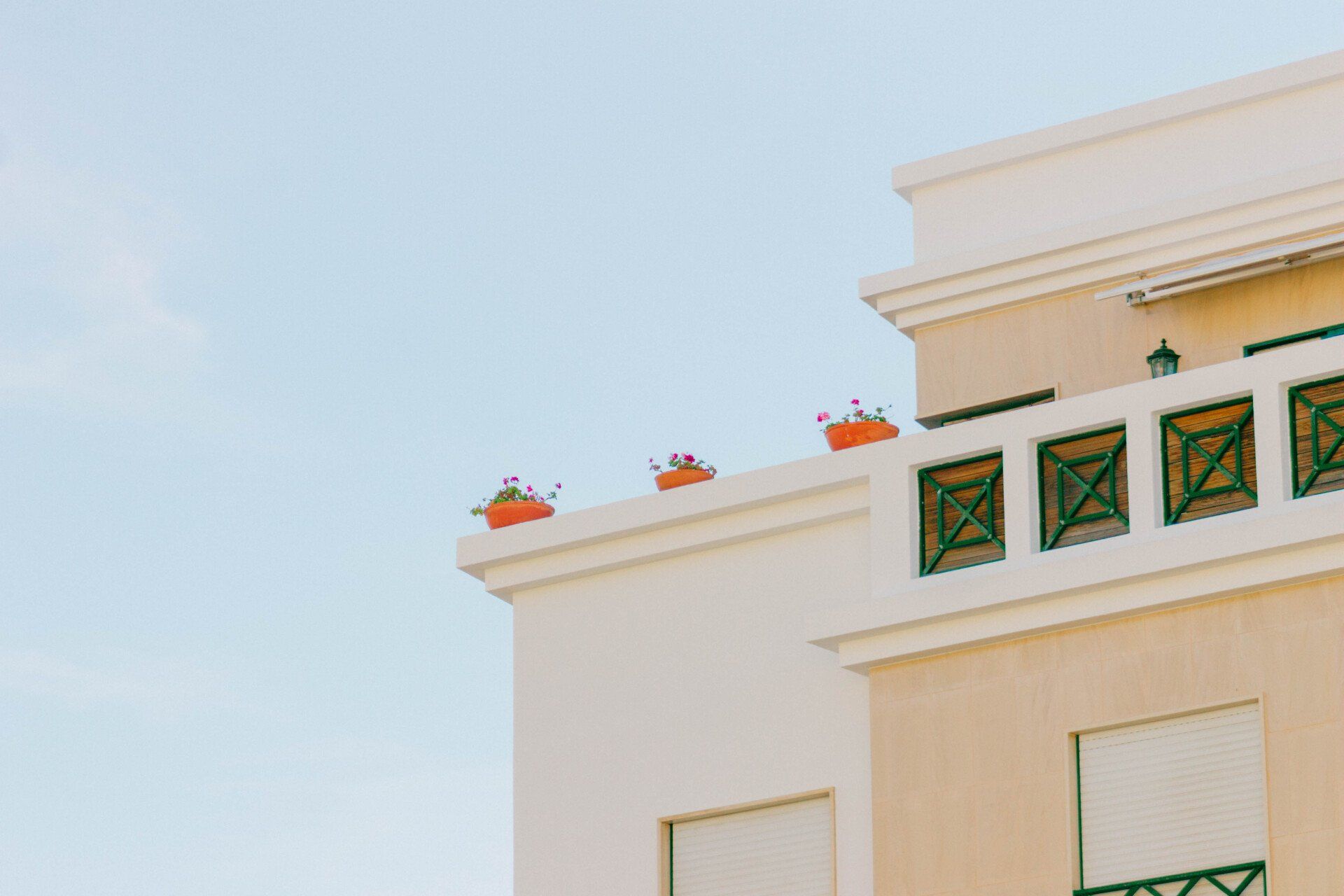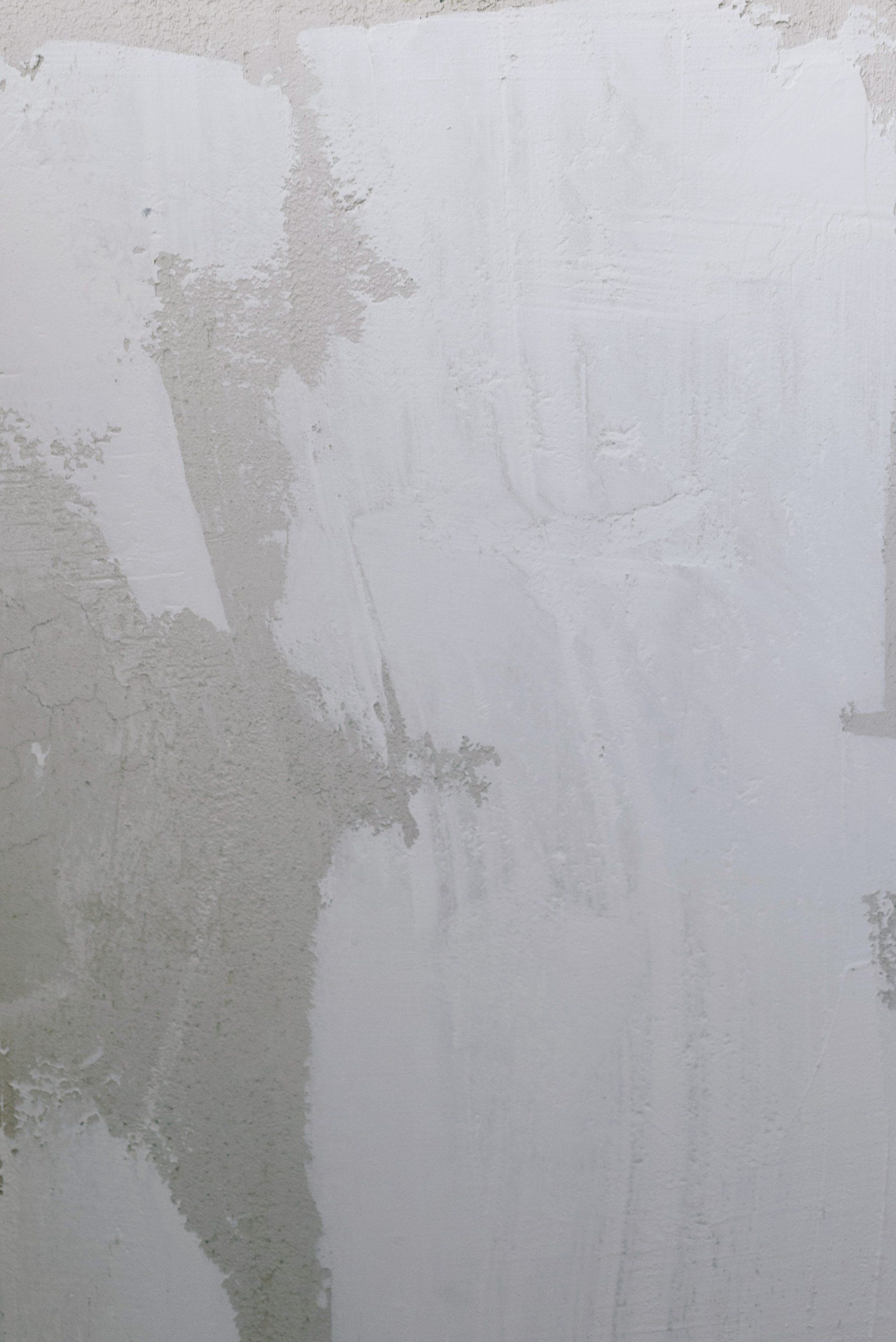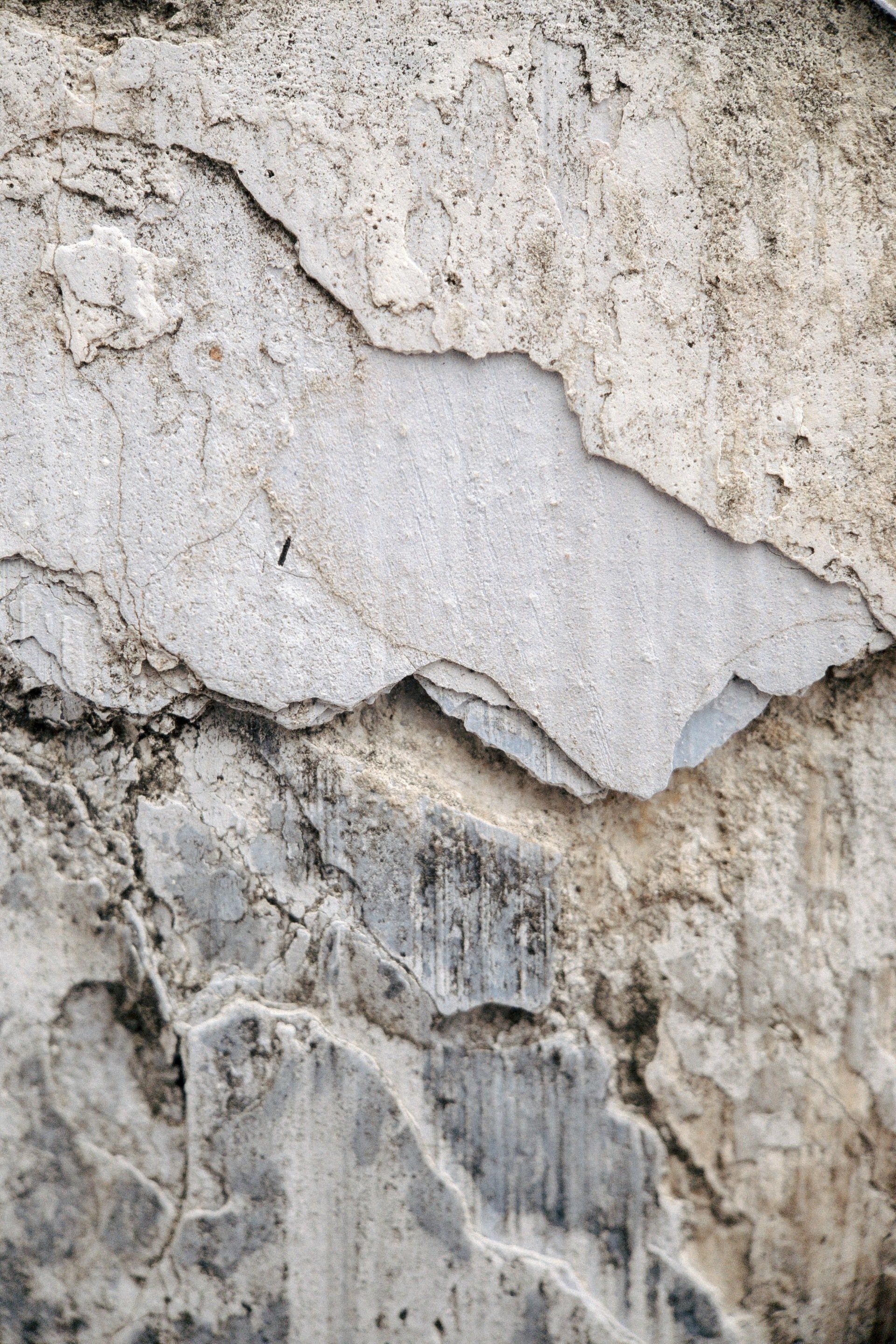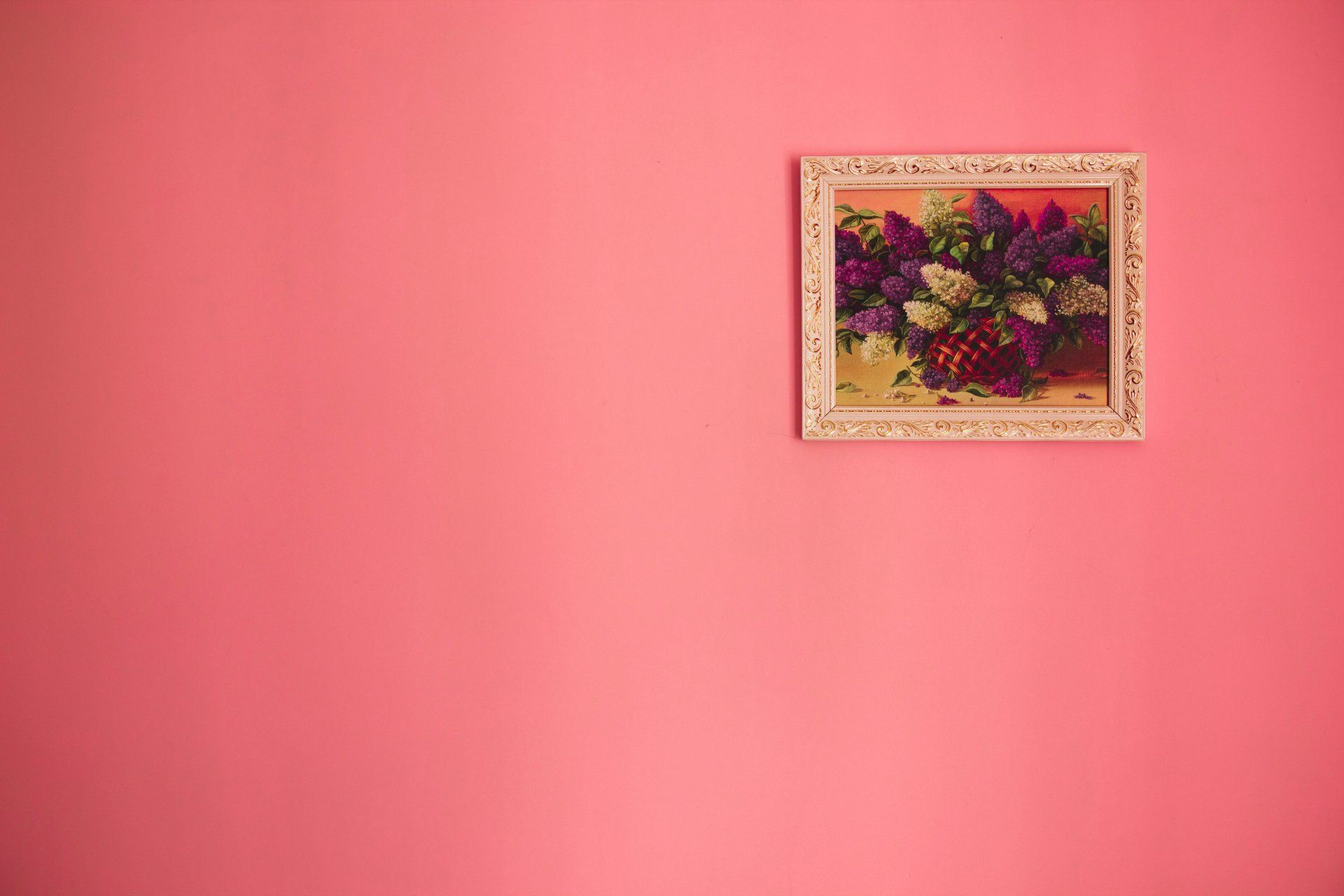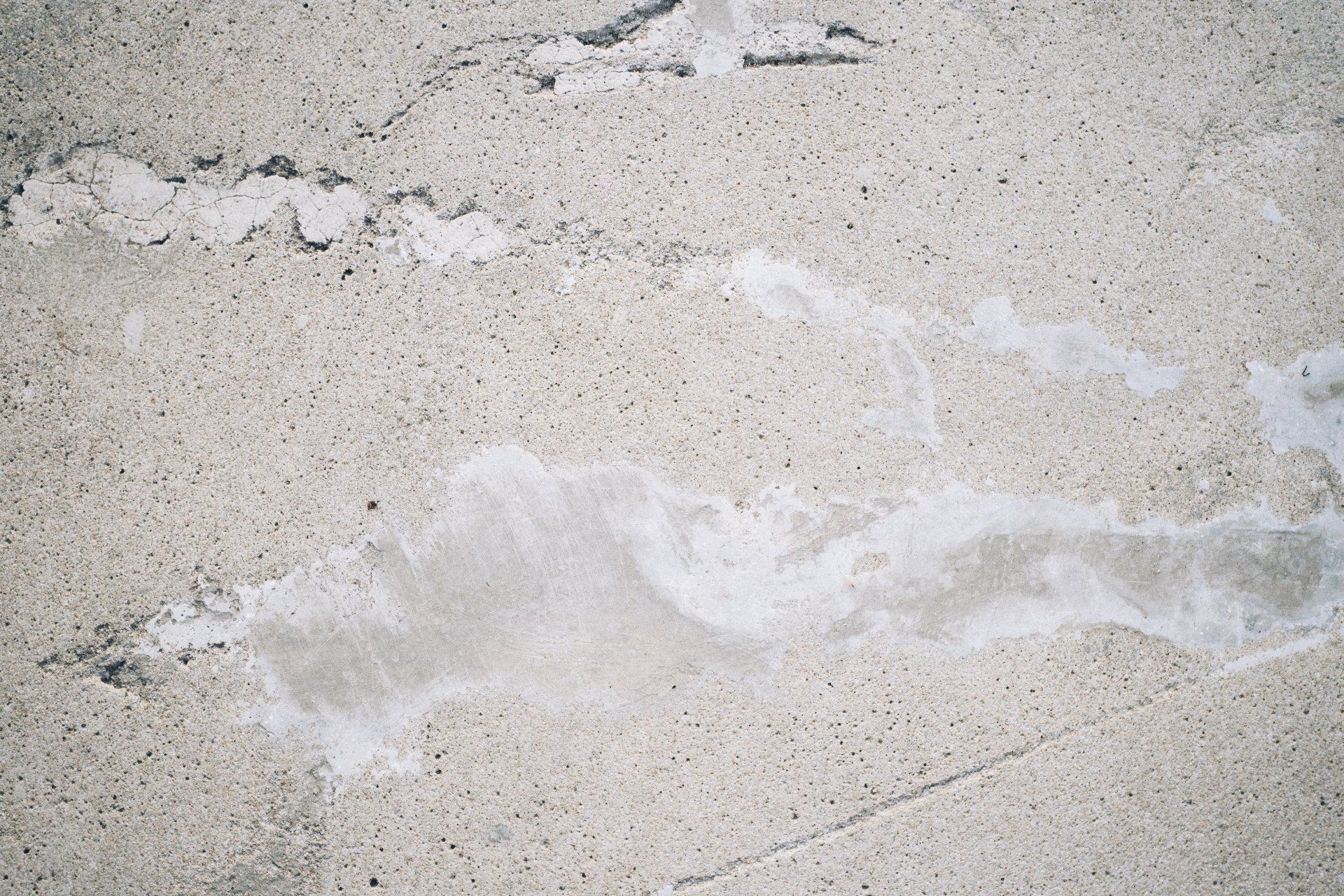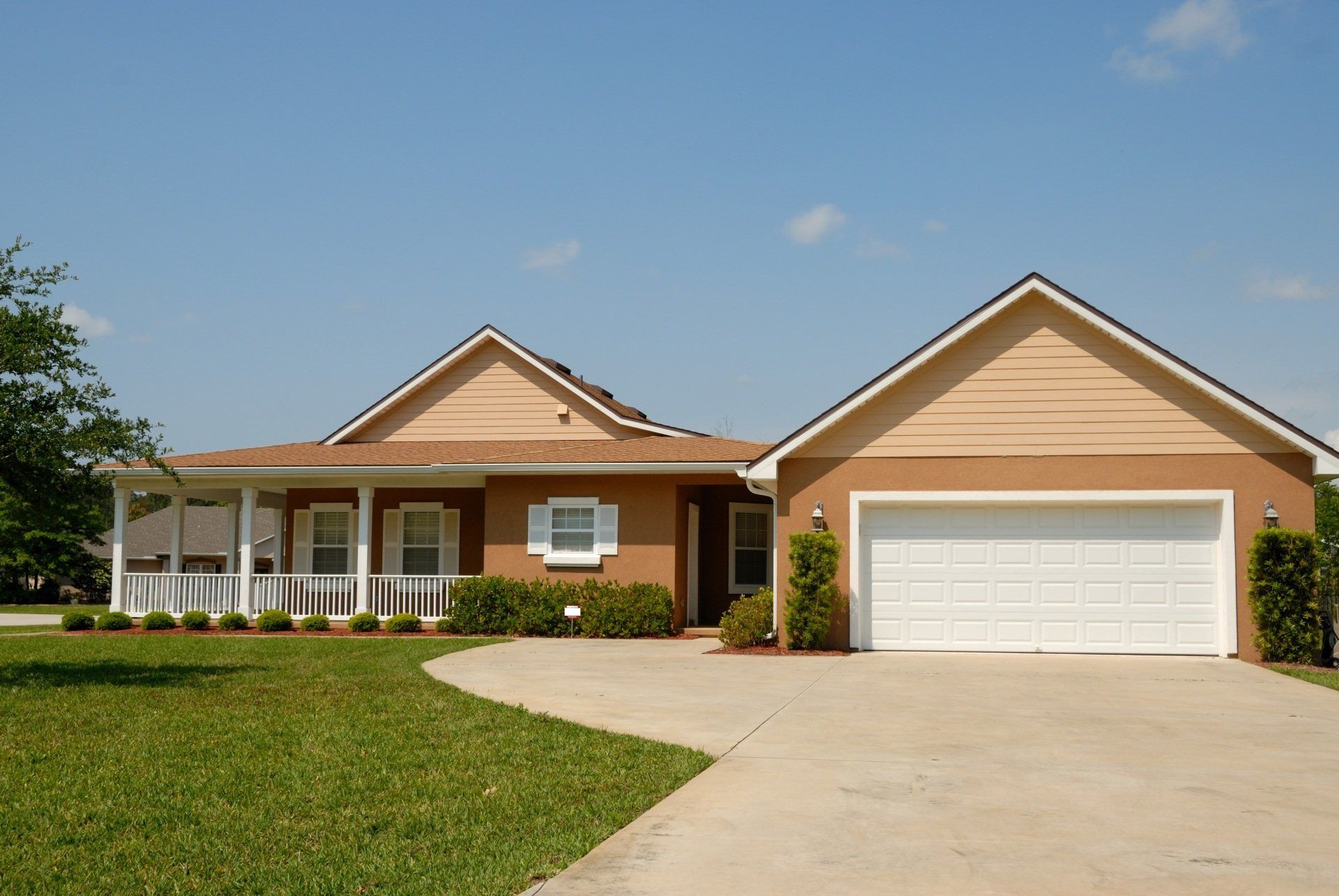Can Your Newly Installed Stucco Get Wet?
Can Your Newly Installed Stucco Get Wet?
Stucco is a fantastic option for the exteriors of homes because it's robust and adaptable. If properly installed and adequately maintained, stucco is able to last for over 50 years. If you're thinking about the possibility of a stucco-clad exterior, you might be wondering if the new stucco is prone to getting wet. In the end, you don't want anything to damage your exterior. We've conducted an investigation in order to find the answer.
Wetting stucco is an essential component in the process of installation and is required for the stucco to properly cure. Stucco is required to remain in a state of constant moisture until at minimum 48 hours following the installation.
Stucco can last longer than 50 years if properly maintained and installed. It is vital to know how to apply water to stucco so that it is properly cured. But should you wet fresh stucco too heavily? How do you fix stucco that's been destroyed by rain? To find the solutions to these questions, read on.
Why Should You Wet Stucco When Installing It?
If you are installing the exterior of a stucco building, water is required for every step of the process of installation. Stucco is made up of an amalgamation of sand, lime, and cement. It has to be combined with water to make it into an emulsion. It is important to have a consistency similar to that of a paste to be applied.
Water assists in creating a paste through the coating of particles that comprise the stucco mix. After the paste has cooled, it is best to apply it in a layer of three-quarters of an inch. If the paste is not applied sufficiently, the paste won't fully harden.
After application, the water will dissolve some stucco particles. The temperatures of stucco rise while the particles bond to form a solid unit. If the particles join and the stucco begins to become hard. This is referred to by the term "curing."
Once the stucco is sprayed after it has been applied, it is important to keep it moist for a minimum of 48 hours in order to let the curing process proceed. If the stucco isn't kept moist, it will be soft and may not dry in a proper manner. As you will see, wetting the new stucco isn't just a good idea but is an essential stage in the process of installation.
How Frequently Should You Wet New Stucco?
On average, it is recommended to be sure to wet your new stucco at least twice per day to ensure it stays moist for the minimum period of 48 hours following installation. But, depending on your climate and the place you reside, it could be necessary to spray stucco more frequently than twice per day.
For instance, if the area you reside in is a hot region, you'll require to wet stucco more often than twice per day since it will dry out more quickly. Similar is the case in areas that have lower humidity since there is less humidity within the atmosphere.
When you want to wet stucco twice every day, the ideal times to apply the stucco are early in the morning, after it has the chance to warm up, and in the evening, after the surface has been allowed to cool. If you soak the surface when it's hot, the surface will dry more quickly.
How Long Should Stucco Be Dried Before It Can Be Rained On?
Stucco must dry within at most 48 hours prior to when it starts to rain. It's all dependent on where in the installation process you're in; it can impact the drying process, creating a situation where the mix becomes too saturated that it slips off of the wall or alter the appearance of the stucco when it is dry.
If it is predicted to rain suddenly, you can shield the newly laid stucco by covering the wall with plastic or a tarp. If you apply stucco just a few days prior to rain, it is possible to include an accelerator in the mix to speed up the drying process.
Why Does My Stucco Look Wet?
It is common for the stucco to appear wet when it is drying or after it has rained. If your stucco appears damp just a few days after it has dried, it could be an indication of the presence of water. The majority of water infiltrations are due to one or more of the following issues:
- The stucco is not well-made.
- It wasn't properly installed.
- It was not properly sealed around windows and doors.
- There isn't a drainage system.
Ready to work with Saskatoon Stucco Artisan Experts?
Let's connect! We’re here to help.
Send us a message and we’ll be in touch.
Or give us a call today at 306-900-4479
More Tips, Tricks & Tools
